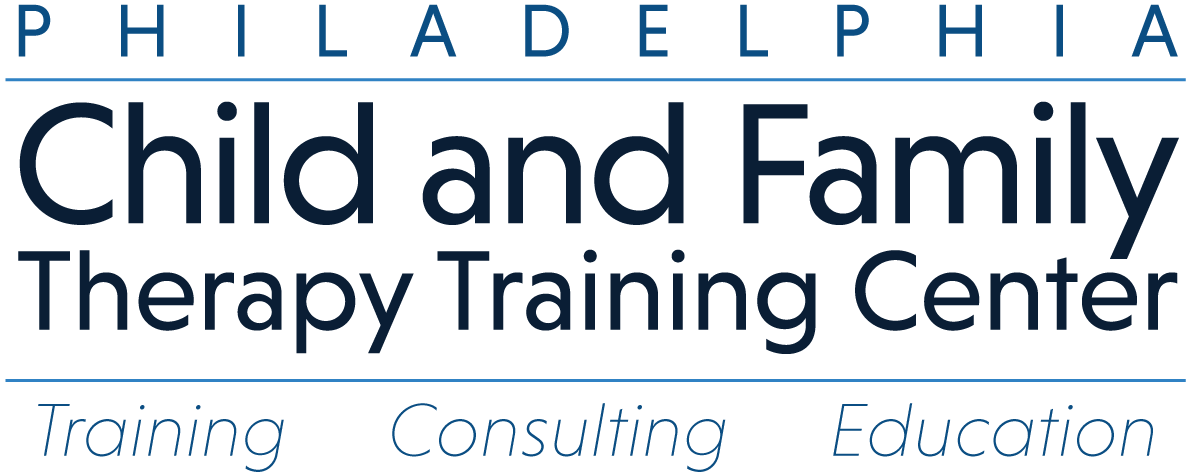
For generations, helping professionals, educators, and even family members have been trained to ask, “What’s wrong with you?” when someone behaves in ways that seem confusing, defiant, or self-destructive. It’s a question rooted in problem identification, but it often carries an unintended message—that something inside the person is broken, defective, or in need of fixing. In Ecosystemic Structural Family Therapy (ESFT), we take a different approach. We ask, “What happened to you?”
This question changes the entire frame of understanding. Instead of pathologizing behavior, it invites curiosity, compassion, and context. It shifts our focus from the individual as the source of dysfunction to the system—the web of relationships, environments, and experiences that have shaped the person’s current way of coping.
When we ask, “What happened to you?”, we are not excusing behavior; we are explaining it. We begin to see behavior as communication, not simply as a symptom to be eliminated. A child’s aggression, withdrawal, or defiance may no longer appear as “bad behavior,” but as an adaptive response to chronic stress, trauma, or unmet emotional needs.
This reframing is also healing for caregivers. Parents often feel blamed or powerless when a child struggles. But when professionals help them see the child’s behavior in context—through the lens of what happened—they can respond with empathy and leadership instead of frustration and guilt. This approach restores the caregiver’s confidence and invites them into collaboration, rather than correction.
From a clinical perspective, “what happened to you” thinking leads to interventions that are relational, not punitive. It allows for joining, reframing, enactment, and anchoring—the hallmarks of ESFT—to take root in a way that promotes lasting change.
Ultimately, asking “What happened to you?” honors the truth that all behavior makes sense in context. It opens the door to healing by helping individuals and families see themselves not as problems to be fixed, but as systems capable of resilience, repair, and growth.
When we lead with curiosity instead of judgment, we don’t just change our questions—we change lives.
Checkout the HOMESTUDY: Really Being Strength Based in Treatment: “Every Family is their Own Best Resource for Change” in our store to start learning how to shift change in the system.
